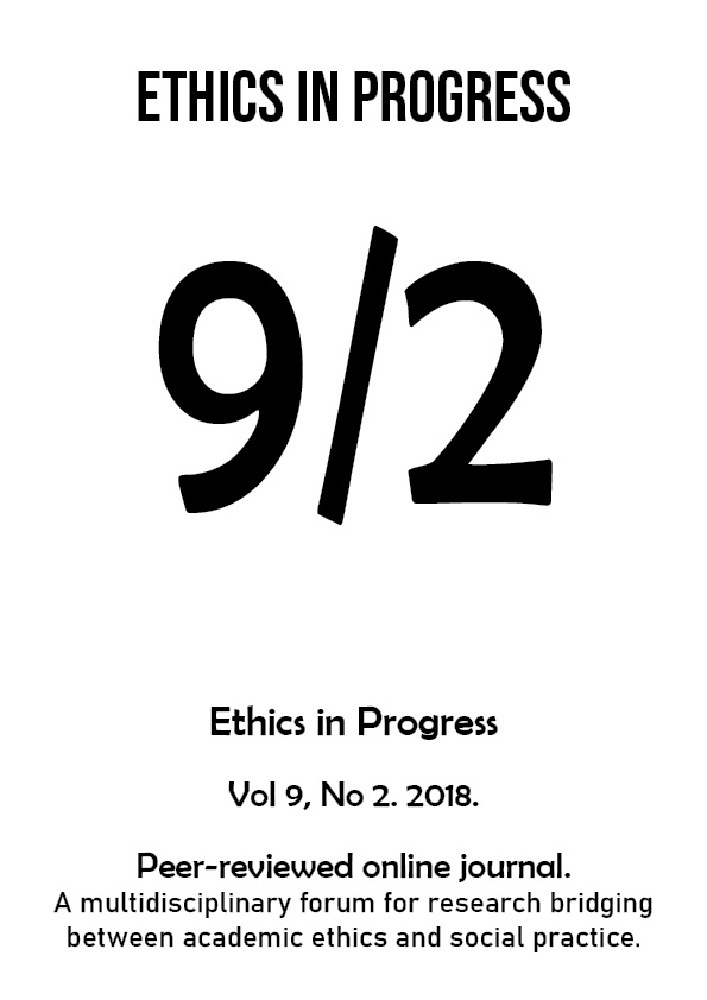Abstract
The present study aimed to explore the effects of psychological needs on the relationship of peer victimization and anxiety. Methods: A sample of 889 4th, 5th and 6th primary school students in Guangxi Zhuang Autonomous Region were recruited with the measurement of Peer victimization Questionnaire, Psychological needs Scale and Anxiety Scale (SAS). Results showed that: (1) There were no significant gender and grade differences with respect to Peer victimization; (2) Significant negative correlations were found between all types of peer victimization and the subscales of psychological needs. In addition, significant positive correlations were found between all types of peer victimizationand, anxiety and significant negative correlations between all the subscales of psychological needs and anxiety; (3) Psychological needs partially mediated the relationship between Peer victimizationexperience and anxiety.
References
Chen L., Ji L. Q., & Mao M. Z. 2009. “Measurement Analysis of Chinese Version of Multidimensional Peer Violation Scale.“ Journal of Shandong Normal University (Natural Science Edition) 24(2):62-5.
Chen L. 2009. The Characteristics of Peer Aggression in Middle Childhood and the Relationship between Peer Rejection and Peer Acceptance. Shandong Normal University.
Craig W. M., Pepler D. J., & Atlas R. 2000. “Observations of Bullying in the Playground and in the Classroom.” School Psychology International 21(1):22-36.
Crick, N. R., & Bigbee, M. A. 1998. “Relational and Overt Forms of Peer Victimization: A Multiinformant Approach.” Journal of Consultg Clinical Psychology :66(2):337-47.
Deci E. L. & Ryan R. M. 2000. “The »What« and »Why« of Goal Pursuits: Human Needs and the Self-Determination of Behavior.” Psychological Inquiry 11(4):227-68.
Fan C. Y., Wang M. Z., Zhou Z. K., & Sun X. J. 2012. “An Analysis of Mediator Variables Between Peer Victimization and Children’ s Loneliness in Middle Childhood.” Psychological Science 3:636-41.
Hawker D. S. & Boulton M. J. 2010. “Twenty Years’ Research on Peer Victimization and Psychosocial Maladjustment: A Meta-Analytic Review of Cross-Sectional Studies.” Journal of Child Psychology & Psychiatry 41(4):441-55.
Hoglund W. L. & Leadbeater B. J. 2007. „Managing Threat: Do Social-Cognitive Processes Mediate the Link Between Peer Victimization and Adjustment Problems in Early Adolescence?“ Journal of Research on Adolescence 17(3):525-40.
Jennifer C. & Hunter S. C. 2011. “Cognitive Mediators of the Effect of Peer Victimization on Loneliness.” British Journal of Educational Psychology 80(3):403-16.
Ji L. Q. 2007. The Development of Child Aggression and Related Problem Behavior and Its Family Related Factors. Shandong Normal University Editions.
Relationship between Peer Victimization and Anxiety of Pupils: Mediating Effect of Psychological Needs 84
Kasser T., Davey J., & Ryan R. M. 1992. “Motivation and Employee–Supervisor Discrepancies in Psychiatric Vocational Rehabilitation Setting.” Rehabilitation Psychology 37(3):175-88.
Kasser T. & Ryan R. M. 1996. “Further Examining the American Dream: Differential Correlates of Intrinsic and Extrinsic Goals.” Personality & Social Psychology Bulletin 22(3):280-7.
Kumpfer K. L. 1999. “Factors and Processes Contributing to Resilience: The Resilience Framework,” in M. D. Glantz & J. L. Johnson (Eds.), Longitudinal Research in the Social and Behavioral Sciences. Resilience and Development: Positive Life Adaptations. Kluwer Academic Publishers (179-224).
Lodge J. & Feldman S. S. 2007. “Avoidant Coping As a Mediator Between Appearance- Related Victimization and Self-Esteem in Young Australian Adolescents.” British Journal of Developmental Psychology 25(4):633-42.
Mynard H. & Joseph S. 2000. “Development of the Multidimensional Peer-Victimization Scale.” Aggressive Behavior 26(2):169-78.
Nishina A. & Juvonen J. 2010. “Daily Reports of Witnessing and Experiencing Peer Harassment in Middle School.” Child Development 76(2):435-50.
Perry D. G., Kusel S. J., & Perry L. C. 1988. “Victims of Peer Aggression.” Developmental Psychology 24(24):807-14.
Prinstein M. J., Cheah C. S., & Guyer A. E. 2005. “Peer Victimization, Cue Interpretation, and Internalizing Symptoms: Preliminary Concurrent and Longitudinal Findings for Children and Adolescents.” Journal of Clinical Child & Adolescent Psychology 34(1):11-24.
Scholte R. H. J., Engels R. C. M. E., Overbeek G., Kemp R. A. T. D., & Haselager G. J. T. 2007. “Stability in Bullying and Victimization and Its Association With Social Adjustment in Childhood and Adolescence.” Journal of Abnormal Child Psychology 35(2):217- 28.
Schwartz D., Chang L., & Farver J. M. 2001. “Correlates of Victimization in Chinese Children’s peer groups.” Developmental Psychology 37(4):520-32.
Snyder J., Brooker M., Patrick M. R., Snyder A., Schrepferman L. P., & Stoolmiller M. 2003. “Observed Peer Victimization During Early Elementary School: Continuity, Growth, and Relation to Risk for Child Antisocial and Depressive Behavior.” Child Development 74(6):1881-98.
Wang X. D., Wang X.L. & Ma H. 1999. Manual of Mental Health Assessment Scale (updated version). BeiJing: Chinese Mental Health Journal.
Wingo A. P., Wrenn G., Pelletier T., Gutman A. R., Bradley B., & Ressler K. J. 2010. “Moderating Effects of Resilience on Depression in Individuals with a History of Childhood Abuse Or Trauma Exposure.” Journal of Affective Disorders 126(3):411-4.
Zhang W. X., Gu C. H., & Ju Y. C. 2001. “A Review of the Research on the Relationship Between Child Bullying and Personality.” Advances in Psychological Science 9(3):215-20.
Zhang W. X. 2002. “Prevalence and Major Characteristics of Bullying/Victimization Among Primary and Junior Middle School Children.” Acta Psychologica Sinica 34(4):57-64.
Zhang W. X., Chen L., Ji L. Q., Zhang L. L., Chen G. H., & Wang S. Q. 2009. “Physical and Relational Victimization and Children’s Emotional Adjustment in Middle Childhood.” Acta Psychologica Sinica 41(5):433-43.
Zhang W. X., Gu. C. H., Wang W. P., Wang Y. W., & Jones K. 2000. “Research on Gender Differences in Bullying Among Primary and Middle School Students.” Psychological Science 23(4):52-6 + 127-8.





